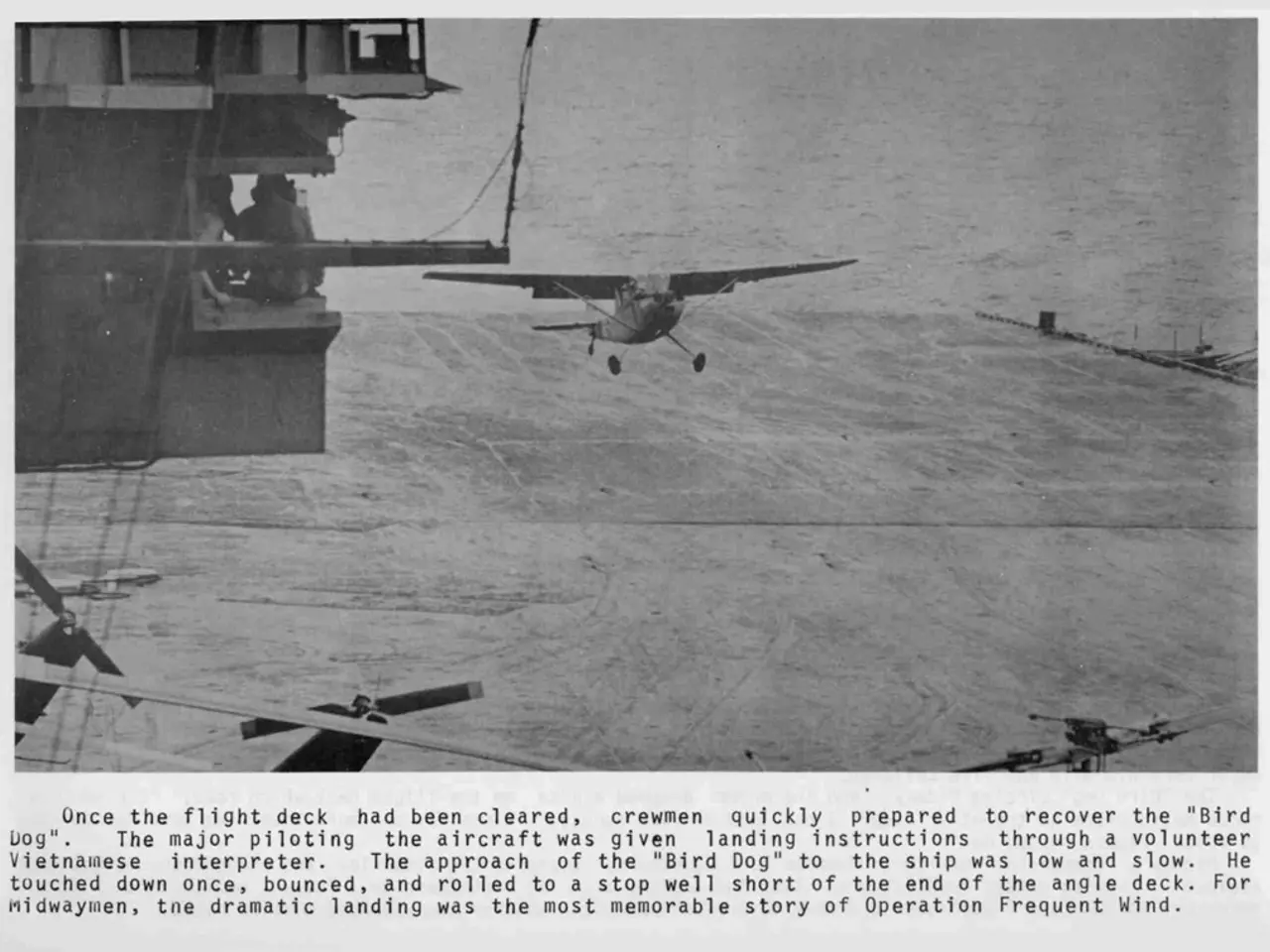International aid may potentially be delivered by air to Gaza, as several nations consider this solution amid the escalating humanitarian crisis.
The Kingdom of Jordan has taken a significant step in addressing the dire humanitarian situation in Gaza, with the Jordanian Royal Air Force (JAF) set to conduct humanitarian aid drops yet again. The decision comes as one in three people in Gaza have not eaten for multiple days in a row, according to the World Food Programme.
JAF's C-130 aircraft, capable of carrying 14 tons of food, will be tasked with these missions. The flights, coordinated by the Israel Defense Forces and COGAT, are expected to begin in the coming days.
The airdrops are viewed as a last resort by humanitarian officials due to the severe restrictions on ground access in Gaza. These restrictions, primarily controlled by Israel, have limited the entry of aid via land routes.
The renewed airdrops are expected to surpass the scale of airdrops conducted by Jordan in 2024, delivering much-needed food and essential supplies to Palestinians. In the past, these operations have involved dropping 15 to 17 tons of aid per mission.
The food will be dropped into designated drop zones, coordinated with Israeli authorities, to ensure the safety of civilians. High-energy biscuits, providing daily nutrients for a child, could be included in the drops, and two biscuits can sustain an adult for a day.
The United Arab Emirates will also participate in Jordan's emergency humanitarian response, further bolstering the relief efforts. The US-Jordanian airdrops in 2024 delivered over 1,000 tons of humanitarian assistance to Palestinians, as acknowledged by then-Secretary of State Antony Blinken.
However, the airdrops have limitations and risks. They deliver only a small fraction of Gaza’s daily needs—aircraft can carry roughly one truckload per flight, whereas Gaza requires about 500 truckloads of aid daily. There is also significant danger associated with low and slow flights over conflict zones and the risk of aid packages injuring civilians on impact. Furthermore, some aid has been reported to fall into the hands of gangs and appear on black markets.
Despite these challenges, Jordan’s airlift operations remain a vital lifeline given the severe restrictions on ground access. UNICEF's director for the Middle East, Edouard Beigbeder, states that these deaths are unconscionable and could have been prevented. He calls for the UN-led humanitarian response to be allowed to function fully with unfettered aid access to children in need.
As the situation in Gaza continues to deteriorate under blockade and conflict conditions, these airdrops provide a crucial intervention in alleviating the starvation crisis and offering a glimmer of hope to those most in need.
References: 1. UNICEF Press Release 2. Jordan Times Article 3. Al Jazeera Article 4. Human Rights Watch Report
- The United Nations Children's Fund (UNICEF) has expressed concern over the dire humanitarian situation in Gaza, where one in three people have gone multiple days without food, according to the World Food Programme.
- The International community, including the United Arab Emirates, is supporting Jordan's efforts to deliver food and essential supplies to Palestinians through emergency humanitarian airdrops.
- In addition to food, crime-and-justice issues arise from the black market trade ofaid reportedly falling into gangs' hands.
- Jordan's Royal Air Force (JAF) and the United States-Jordanian airdrops in the past have been significant in delivering over 1,000 tons of humanitarian assistance to Palestinians.
- Despite the risks and limitations of airdrops, such as providing only a small fraction of Gaza’s daily needs and the risk of injury to civilians, these operations are viewed as a crucial intervention in alleviating the starvation crisis and offering hope to those most in need.




